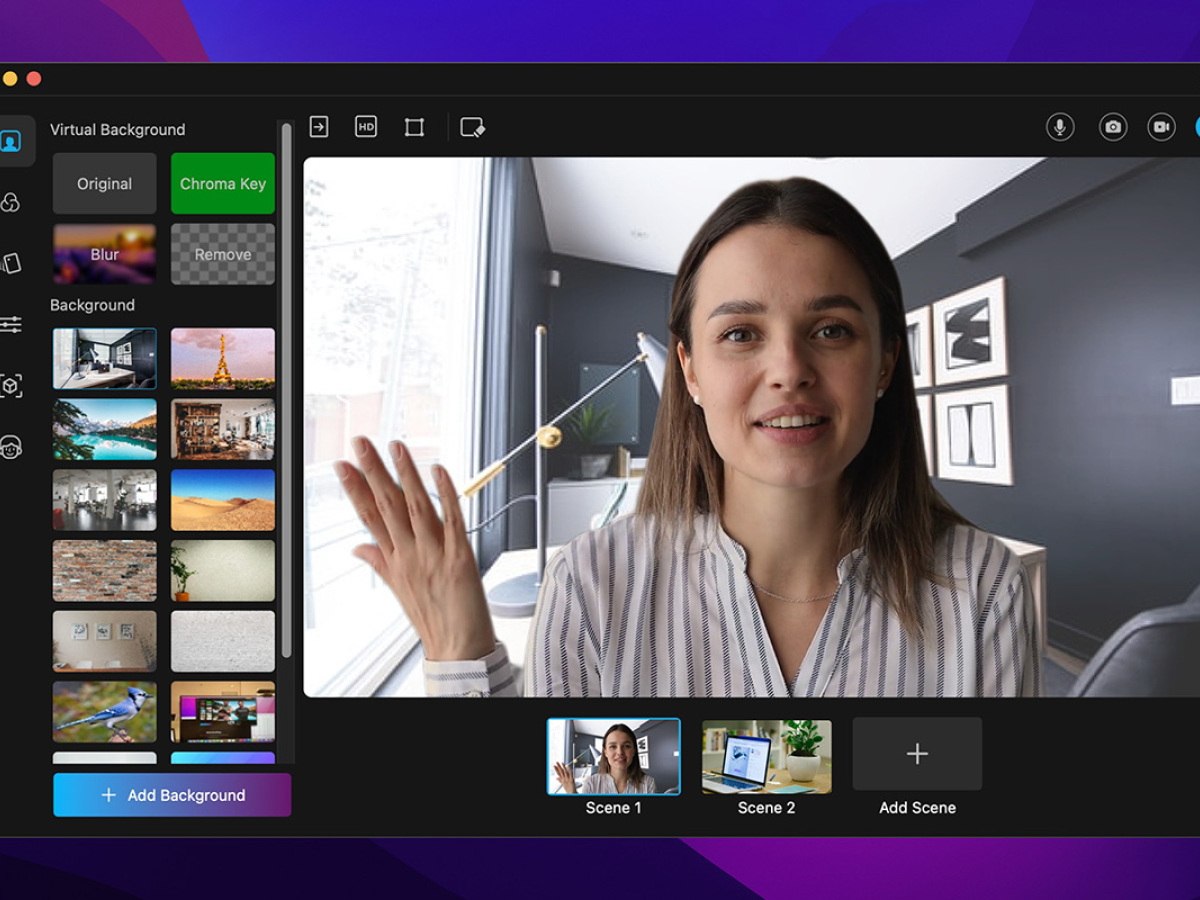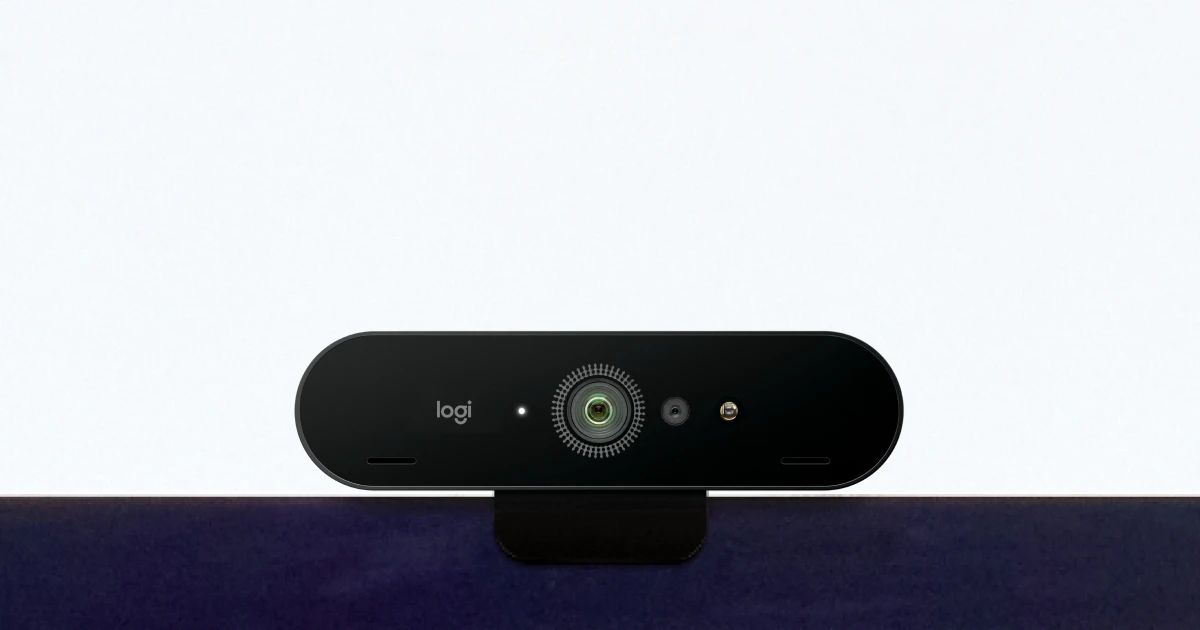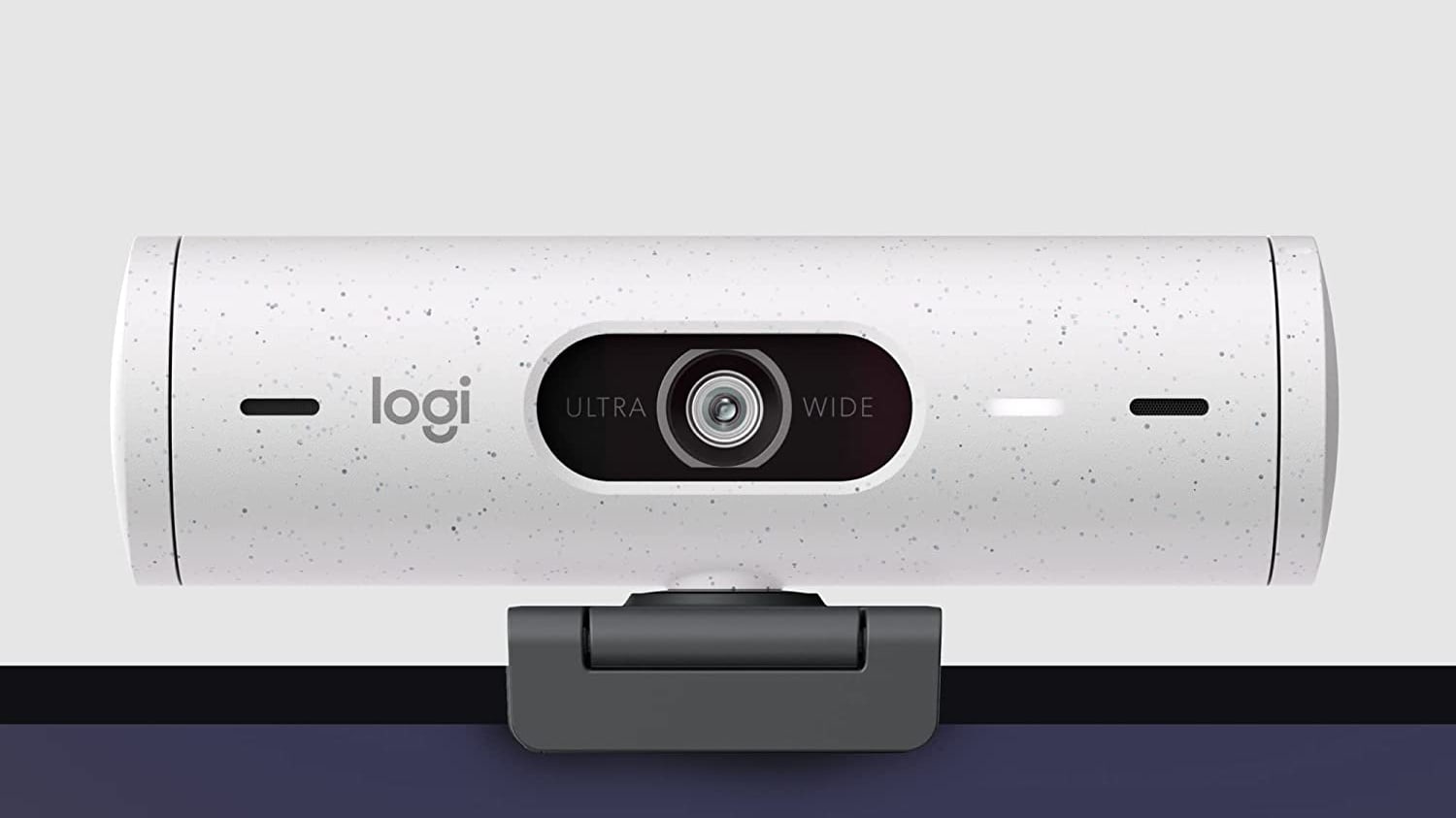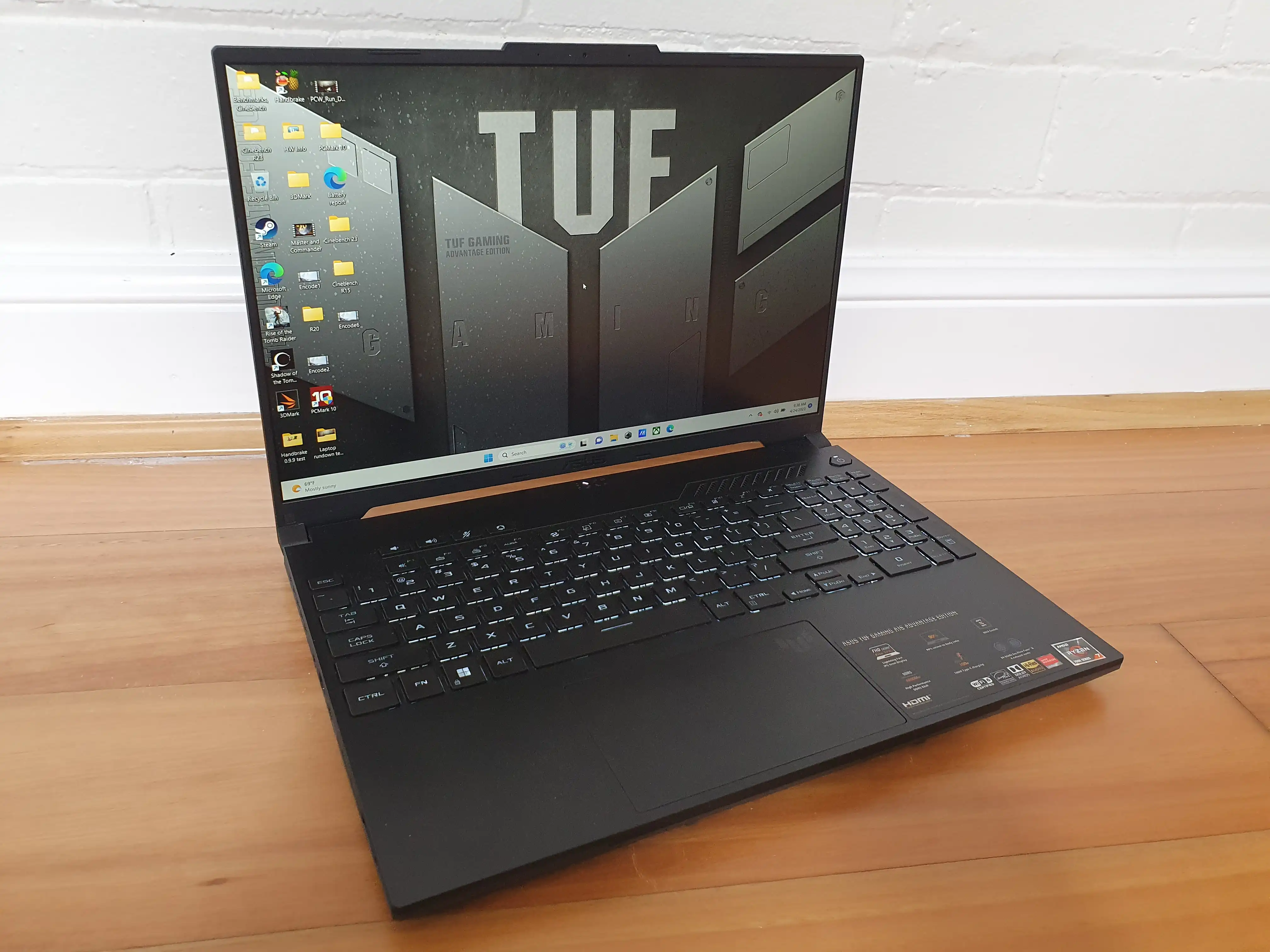Introduction
Updating your operating system is an important task to ensure the security and performance of your computer. However, there may be occasions where you want to cancel a Windows 11 update for various reasons. Whether you encountered compatibility issues with certain software or want to postpone the update to a more convenient time, it’s essential to understand the methods available for canceling a Windows 11 update.
In this article, we will explore four different methods that you can use to cancel a Windows 11 update. These methods range from using the Windows Update Settings to utilizing the Command Prompt or Control Panel. By following these step-by-step instructions, you can easily halt the update process and avoid any unwanted system changes.
It’s worth noting that canceling a Windows 11 update is generally recommended only if you have a valid reason and understand the potential consequences. Microsoft releases updates to enhance security, introduce new features, and improve overall system stability. Therefore, it is advisable to keep your operating system up-to-date to benefit from the latest advancements and protection measures. However, in certain situations, you may still find it necessary to cancel an update, and we will guide you through the methods to do so.
Without further ado, let’s dive into the different methods you can use to cancel a Windows 11 update.
Method 1: Using the Windows Update Settings
Windows 11 provides a straightforward way to manage your system updates through the Windows Update Settings. Here’s how you can cancel a Windows 11 update using this method:
- Press the Windows key on your keyboard or click on the Start Menu button located at the bottom-left corner of your screen. This will open the Start Menu.
- Click on the Settings icon, which resembles a gear, to open the Windows Settings.
- In the Windows Settings window, click on Windows Update located in the left-hand sidebar.
- Once you’re in the Windows Update settings, click on the View update history option.
- You will now see a list of all the installed and pending updates. Locate the specific update that you want to cancel.
- Click on the Uninstall updates link at the top of the page. This will open the Control Panel window.
- In the Control Panel window, you will see a list of installed updates. Locate the update you wish to cancel, right-click on it, and select Uninstall from the context menu.
- Follow the on-screen prompts to complete the uninstallation process.
By following these steps, you can cancel the Windows 11 update using the built-in Windows Update Settings. This method allows you to take control of your system updates and make changes according to your preferences.
It’s worth mentioning that canceling an update using this method will remove the update from your system. If the update is necessary for the stability and security of your system, it’s advisable to reconsider canceling and find alternative solutions to address any conflicts or issues you might be facing.
Method 2: Using the Command Prompt
If you prefer using the command line interface, you can cancel a Windows 11 update using the Command Prompt. Here’s a step-by-step guide:
- Press the Windows key on your keyboard and type Command Prompt. Right-click on the Command Prompt app from the search results and select Run as administrator to open Command Prompt with administrative privileges.
- In the Command Prompt window, type the following command and press Enter:
wusa /uninstall /kb:[KB number]Replace [KB number] with the specific KB number of the update you want to cancel. You can find the KB number in the Windows Update Settings or by searching for it online.
- Wait for the command to execute and complete the uninstallation process. This may take some time depending on the update size and your system’s performance.
Once the command has successfully executed, the Windows 11 update will be canceled, and the associated update package will be removed from your system. You can use this method to effectively cancel a specific update without relying on the Windows Update Settings interface.
It’s important to note that using the Command Prompt requires careful attention to the commands you enter, as incorrect usage may result in unintended consequences or system instabilities. Make sure to double-check the KB number and follow the instructions accurately to cancel the desired update successfully.
Method 3: Using the Control Panel
If you prefer a more traditional approach, you can cancel a Windows 11 update using the Control Panel. Follow these steps:
- Press the Windows key on your keyboard and type Control Panel. Click on the Control Panel app from the search results to open it.
- Within the Control Panel, locate and click on the Programs category.
- Under the Programs category, click on Programs and Features to access a list of installed programs and updates on your computer.
- In the Programs and Features window, click on View installed updates located on the left-hand side.
- A list of installed updates will be displayed. Locate the update you want to cancel and select it.
- Click on the Uninstall button at the top of the page to initiate the uninstallation process.
- Follow the on-screen prompts to confirm and complete the cancellation of the Windows 11 update.
By following these steps, you can effectively cancel a Windows 11 update using the Control Panel. This method provides a familiar interface for managing updates and allows you to easily uninstall specific updates that you no longer wish to install.
Remember that canceling an update using the Control Panel will completely remove the update from your system. It’s important to consider the implications of canceling an update and assess whether it is necessary for the performance, security, and stability of your computer.
Method 4: Using the Windows Update Troubleshooter
If you are experiencing issues with a Windows 11 update and want to cancel it, you can utilize the built-in Windows Update Troubleshooter. This tool is designed to diagnose and resolve common update-related problems. Here’s how you can use it:
- Press the Windows key on your keyboard and type Settings. Click on the Settings app from the search results to open it.
- In the Settings window, click on Windows Update located in the left-hand sidebar.
- Scroll down and click on Additional Troubleshooters located under the Windows Update section.
- A list of troubleshooters will be displayed. Scroll down and locate Windows Update under the Get up and running section. Click on it.
- Click on the Run the troubleshooter button to initiate the Windows Update troubleshooting process.
- The troubleshooter will scan your system for any issues related to Windows Update and attempt to fix them automatically.
- Once the troubleshooting process is complete, restart your computer.
The Windows Update Troubleshooter can identify issues that may be preventing updates from installing or causing conflicts with existing updates. By running this tool, you have the opportunity to resolve update-related problems, which may ultimately cancel the update process entirely.
It’s important to note that although the troubleshooter can be helpful, it may not always be successful in fixing complex or persistent update issues. If the troubleshooter is unable to cancel the Windows 11 update, you can consider using one of the other methods mentioned earlier in this article.
Conclusion
Canceling a Windows 11 update may be necessary in certain situations where compatibility issues arise or when you need to postpone the update to a more convenient time. Throughout this article, we have explored four methods that you can use to cancel a Windows 11 update:
- Using the Windows Update Settings
- Using the Command Prompt
- Using the Control Panel
- Using the Windows Update Troubleshooter
The Windows Update Settings provide a user-friendly interface to manage and uninstall updates. The Command Prompt offers a command-line alternative for canceling specific updates. The Control Panel presents a familiar approach, similar to previous versions of Windows. Lastly, the Windows Update Troubleshooter helps identify and resolve common update-related issues.
When canceling a Windows 11 update, it’s important to consider the potential implications and weigh the benefits of keeping your system up-to-date for security and performance reasons. If you encounter any compatibility or technical difficulties, exploring alternate solutions or seeking assistance from support forums or technical experts is recommended.
Remember that canceling a Windows 11 update is generally advised only when there is a valid reason, and it’s essential to stay informed about the importance and relevance of updates released by Microsoft. Keeping your system updated is crucial to benefit from the latest features, bug fixes, and security patches.
By following the methods outlined in this article, you are equipped with the knowledge to cancel a Windows 11 update and have control over the updating process on your system.

























